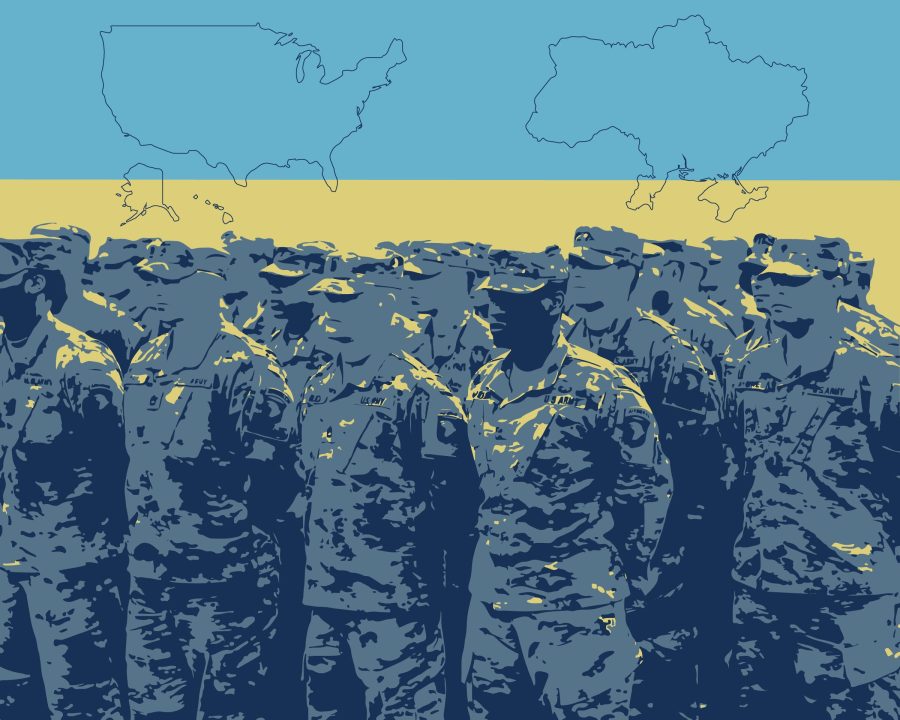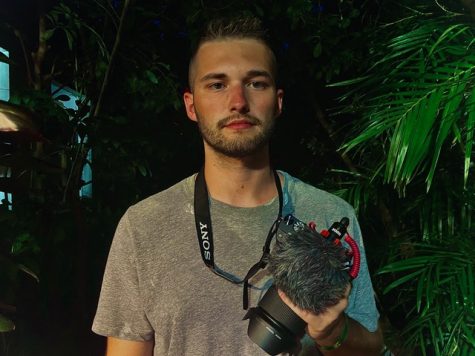Tensions have risen once again between Ukraine and Russia, after eight years of war between the two Eastern European nations.
The ongoing war between Ukraine and Russia began in 2014 when Ukraine experienced a wave of protests and civil unrest known as Euromaidan. The country was divided between the pro-Russian government and ethnic Russian minority against the pro-Western opposition and Ukrainian nationalists.
The result of these protests was a separatist movement in the ethnic Russian majority regions of Crimea and Donbass, and an invasion by the Russian armed forces. The result was an ongoing stalemate war since 2014.
NATO forces have pledged to support the pro-Western Ukrainian government, which they believe supports the Ukrainian people’s right to self-determination and sovereignty, as the majority of Ukrainian people have expressed willingness for their country to join NATO.
The conflict escalated this past January when Russia began transporting arms and deploying soldiers along its border with Ukraine. This prompted Ukrainian president Volodymyr Zelensky to meet with American president Joe Biden, where he urged NATO members to speed up Ukraine’s request for membership.
In response, NATO began conducting military exercises within Ukraine, prompting Russian President Vladimir Putin to accuse Ukraine of military provocations and “crossing a red line.”
This led to accusations from Ukraine that Russia was planning a second military invasion and attempting to overthrow the Ukrainian government in order to install a pro-Russian leadership. Ukraine has also accused Russia of imperialism, claiming that Ukraine is historic Russian land.
Russia said in response that it has the right to defend itself, its ally Belarus and Russian citizens of Ukraine against NATO expansionism, which Russia sees as an aggression. Russia also accuses NATO of meddling in Ukrainian politics in order to sway the country away from Russia and toward the West.
Additionally, Russia accuses NATO of deploying long-range missiles in Ukraine capable of reaching Moscow, which NATO has also deployed in Poland and Romania. This missile crisis has led to the conflict being referred to as a “Second Cold War.”
Professor Alexey Gromyko, who is a Russian historian, political scientist and the director of the Institute of Europe of the Russian Academy of Sciences, recently spoke about the escalating conflict at a Campaign For Peace, Disarmament and Common Security conference in Massachusetts.
“Recently the stakes have been raised by both sides, NATO and Russia,” Gromyko said. “I would say a bombshell effect was produced by a recent statement from the General Secretary of NATO, [Jens] Stoltenberg, who said if Germany withdrew the U.S. tactical nuclear weapons, then these nukes can be deployed in Eastern Europe.”
Since the U.S. and Russia are the world’s two largest nuclear powers, the possibility of using nuclear weapons, while very unlikely, is not entirely out of the imagination.
Although the U.S. and NATO have not yet intervened in Ukraine with military force, U.S. intelligence officials have warned that Russia is currently planning a major military offensive into Ukraine, a statement that has been reiterated by Biden during a White House press conference.
This new information has prompted the U.S. military to send a fleet of ships and fighter jets to Eastern Europe at the end of January, with over 8,000 U.S. soldiers put on alert.
On Monday, Vladimir Putin officially recognized the separatist regions of Donetsk and Lugansk People’s Republic in eastern Ukraine’s Donbass regions as independent, allowing for the entry of the Russian military into the region and resulting in condemnation from NATO forces, who called it an “invasion.”














